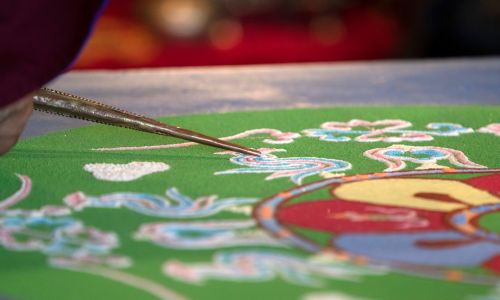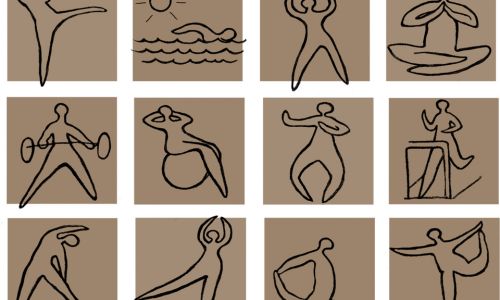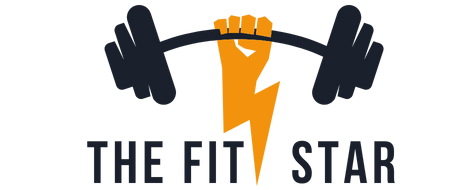Orthographic Drawing Exercises: Improve Your Drawing Skills
Introduction to Orthographic Drawing
Contents
- Introduction to Orthographic Drawing
- Basics of Orthographic Projection
- Tools Needed for Orthographic Drawing
- Types of Orthographic Drawing Exercises
- Detailed Breakdown of Orthographic Drawing Exercises
- Tips for Improving Orthographic Drawing Skills
- Common Pitfalls in Orthographic Drawing and How to Avoid Them
- Advanced Orthographic Drawing Techniques
- Case Studies: Orthographic Drawing in Practice
- Conclusion: The Value of Orthographic Drawing Exercises
- Frequently Asked Questions
Enhance your drawing skills with orthographic drawing exercises. Master the art of precise and accurate representations. Elevate your craftsmanship today.

Definition of Orthographic Drawing
Orthographic drawing, an essential talent in design and engineering, includes developing -dimensional representations of three-dimensional items.
Importance and Use of Orthographic Drawing
Orthographic drawing is a crucial device for conveying complicated design records truly and exactly. It permits the practical transition from idea to bodily creation.
Basics of Orthographic Projection
Understanding Orthographic Projection
Orthographic projection refers to representing a 3-dimensional object in two dimensions. It involves projecting unique perspectives of the item onto separate planes.
Principles of Orthographic Projection
Orthographic projection adheres to a set of conventions, with the projection of views, the alignment of features, and the representation of hidden information.
Tools Needed for Orthographic Drawing
Necessary Equipment
Essential tools for orthographic drawing encompass drawing paper, drafting board, T-rectangular, set rectangular, protractor, compass, and drafting pencil.
Utilization of Tools in Orthographic Drawing
The effective use of those equipment enhances the precision and accuracy of orthographic drawings, offering a clear, unambiguous depiction of the item in question.
Types of Orthographic Drawing Exercises
Simple Objects
Drawing easy items, consisting of packing containers or cylinders, is a terrific starting line for practicing orthographic drawing.
Architectural Structures
More complicated systems, like houses or bridges, can offer more projects and the possibility to use orthographic standards in actual-global situations.

Machine Components
Orthographic drawings of gadget additives, consisting of gears or shafts, require a particular interest in detail, reinforcing the precision required in engineering layout.
Detailed Breakdown of Orthographic Drawing Exercises
Orthographic Drawing of Simple Objects
Beginners can specialize in accurate orthographic drawings of easy, normal items.
Orthographic Drawing of Architectural Structures
Drawing architectural systems involves know-how the shape and percentage of buildings and accurately representing these in an orthographic layout.
Orthographic Drawing of Machine Components
This exercise involves a careful look at gadget components and their orthographic illustration. Attention to first-rate details is important.
Tips for Improving Orthographic Drawing Skills
Regular Practice
Consistent practice of orthographic drawing sporting activities strengthens spatial visualization capabilities and enhances drawing accuracy.
Checking Accuracy
Regularly checking the accuracy of drawings encourages interest in elements, a critical element in orthographic drawing.
3-D Visualization
The ability to mentally visualize gadgets in 3 dimensions can extensively decorate the accuracy and simplicity of orthographic drawing.
Common Pitfalls in Orthographic Drawing and How to Avoid Them
Incorrect Proportions
A common mistake in orthographic drawing is the misrepresentation of proportions. Double-checking measurements can assist in keeping away from this pitfall.
Inaccurate Views
Aligning perspectives correctly is essential in the orthographic drawing. A misguided view can distort the knowledge of the object’s form.

Overcomplication of Details
In orthographic drawing, simplicity is key. Avoid overcomplicating details that do not contribute to the item’s overall knowledge.
Advanced Orthographic Drawing Techniques
Sectional Orthographic Drawings
Sectional drawings allow the viewer to look inside the item, providing a deeper knowledge of its shape.
Auxiliary Orthographic Drawings
Additional drawings show views along an angled aircraft, supplying a greater fundamental knowledge of the item’s form.
Dimensioning in Orthographic Drawings
Dimensioning involves appropriately representing the scale and scale of the item in the orthographic drawing.
Case Studies: Orthographic Drawing in Practice
Use in Engineering Design
In engineering design, orthographic drawings are pivotal in conveying complicated layout information accurately and unambiguously.
Use in Architectural Design
In architectural design, orthographic drawings facilitate the correct representation of buildings, ensuring a clean transition from design to production.
Conclusion: The Value of Orthographic Drawing Exercises
Orthographic drawing exercises provide good practice for everybody concerned in design or engineering, honing their capability to communicate complex 3D bureaucracy correctly and appropriately in a 2D format.
Frequently Asked Questions
Is it necessary to have drawing skills to create orthographic drawings?
While fundamental drawing competencies can be useful, the essence of orthographic drawing lies greater in understanding spatial relationships and adhering to geometric precision instead of inventive creativity.

How long does it take to be talented in orthographic drawing?
The time to proficiency in orthographic drawing varies depending on the man or woman’s commitment to normal practice and their spatial visualization skills. It should vary from a few weeks to several months.
Is orthographic drawing best utilized in engineering and structure?
While engineering and architecture are the number one fields that use orthographic drawing, it’s also used in indoor design, product layout, and various fields that require the depiction of 3-d objects in a 2D layout.
How are orthographic drawings one-of-a-kind from attitude drawings?
While both depict 3-D items, orthographic drawings provide multiple perspectives from perpendicular guidelines and do not account for attitude, thereby fending off distortion. Perspective drawings, then again, account for the viewer’s point of view and depict objects as they seem to the attention.
What software program can be used for orthographic drawing?
Several pc-aided layouts (CAD) software like AutoCAD, SolidWorks, and SketchUp are frequently used for growing digital orthographic drawings.






